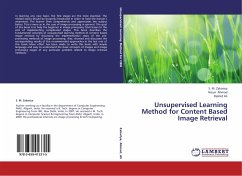Over the past two decades or so, a great deal of research has been devoted to the problem of filtering and blocking adult image contents from Web indexes and browsers. In this work, we present a system to automatically detect human nudes in color images. The operation principle of the proposed system is as follows: First, skin-colored pixels in a given image are identified and marked using our proposed skin detection algorithm. Then, the skin regions are fed into a specialized geometrical analyzer which attempts to find human figures based on geometrical constraints on human body structure. If the geometrical analyzer finds sufficiently individual human parts, the system decides the presence of adult content. To improve the performance of the system, additional features based on the output of the skin detector are extracted. These features are premised on the perception that adult images are often sized to frame a standing or reclining figure. Experimental results show that the proposed system is capable of detecting adult contents with an accuracy of 72.2% with 1.7% false alarm. Moreover, The low computational requirements of the system make it viable for real-time applications.








